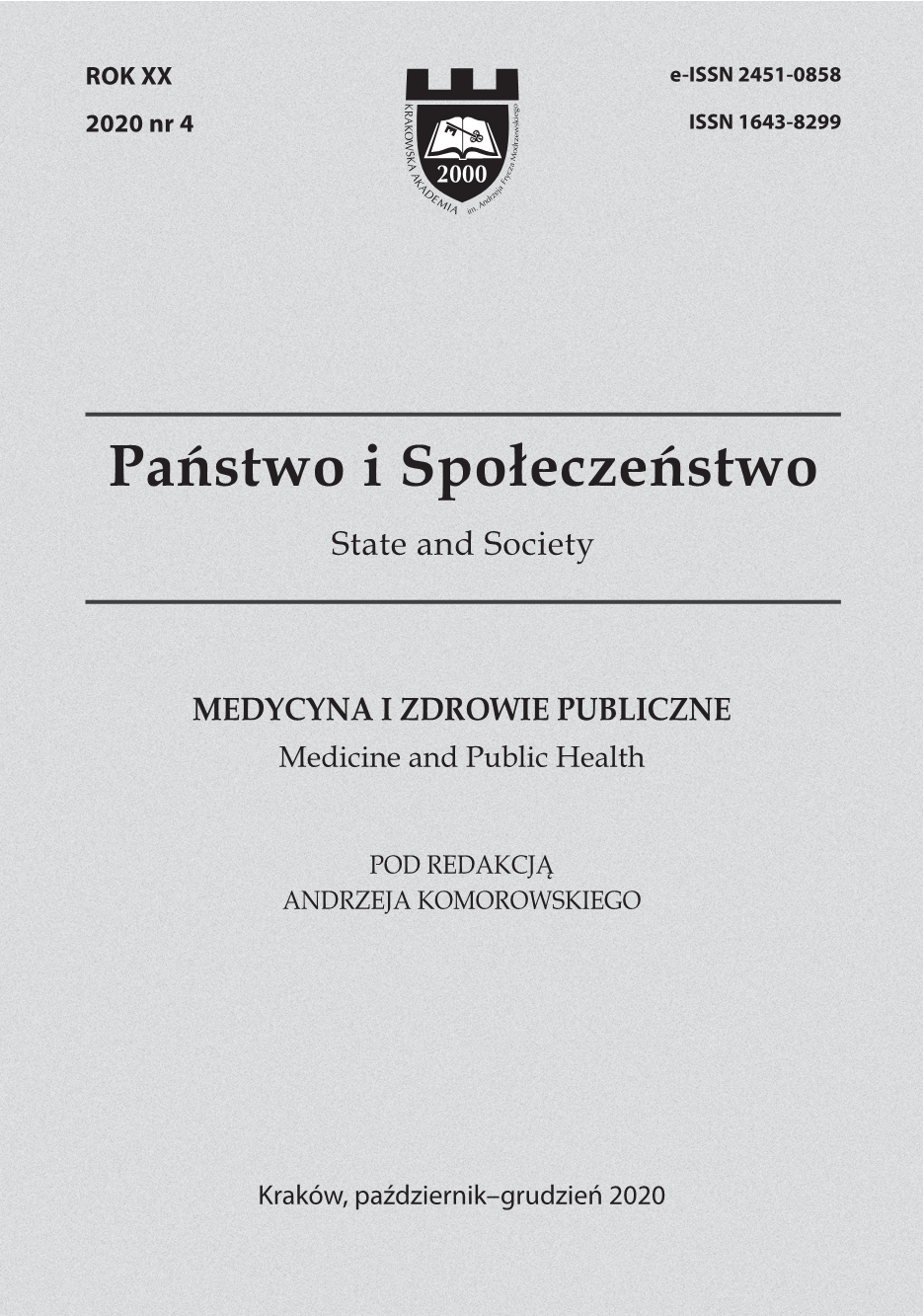Technical Description of the Peroral Endoscopic Diverticulostomy for the Treatment of Zenker’s Diverticulum
Technical Description of the Peroral Endoscopic Diverticulostomy for the Treatment of Zenker’s Diverticulum
Author(s): Olexii Potapov, Sergii Kosiukhno, Oleksandr Kalashnikov, Ivan TodurovSubject(s): Health and medicine and law
Published by: Oficyna Wydawnicza AFM Uniwersytetu Andrzeja Frycza Modrzewskiego w Krakowie
Keywords: Zenker’s diverticulum; endoscopic diverticulostomy; peroral surgery; endoscopic surgery;
Summary/Abstract: Introduction: Endoscopic treatment of Zenker’s diverticulum (ZD) is one of the oldest endoscopic procedures, but has still not become the treatment of choice. Although ZD is a benign disease, it can severely impact patients’ quality of life and can have serious adverse effects, such as aspiration pneumonia. Material and Methods: Between November 2018 and February 2020 three patients (2 female, 1 male) with ZD underwent peroral endoscopic diverticulo-esophagostomy. Blood tests, ECG and tests required for general anesthesia was performed. The patients took gastrografin orally both before the procedure and 2 months afterwards. Results: The average age of the patients was 66 years (range 54–75 years). There were no alterations in CBC, ECG and other routine tests. Upper GI endoscopy and the gastrografin test confirmed the diagnosis. All patients had stage IV ZD according to the Brombart classification. The mean operation time was 55+/-15 min. (range 40–70 min.). Blood loss was less than 20 cc. This paper gives a precise technical description of the procedure. Complete recovery was observed at the 1- and 2-month follow-ups. No complications or mortality were observed. Conclusions: Peroral endoscopic stapled diverticulostomy is feasible and safe, even at the beginning of the learning curve. We found that the use of regular laparoscopic instrumentation along with diverticuloscope is suitable for most purposes. However, we suggest starting the endoscopic peroral program by treating carefully selected patients in centers with a developed advanced minimally invasive program
Journal: Państwo i Społeczeństwo
- Issue Year: XX/2020
- Issue No: 4
- Page Range: 49-60
- Page Count: 12
- Language: English

